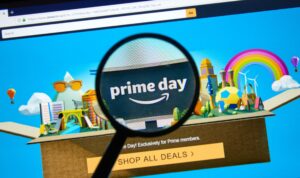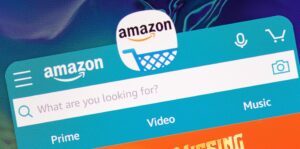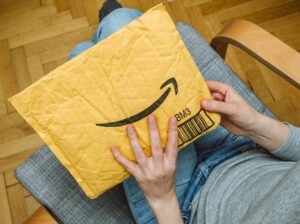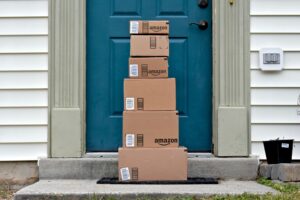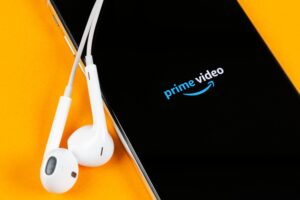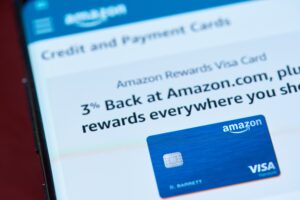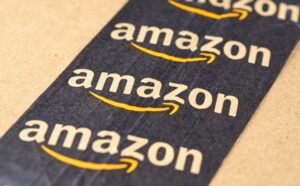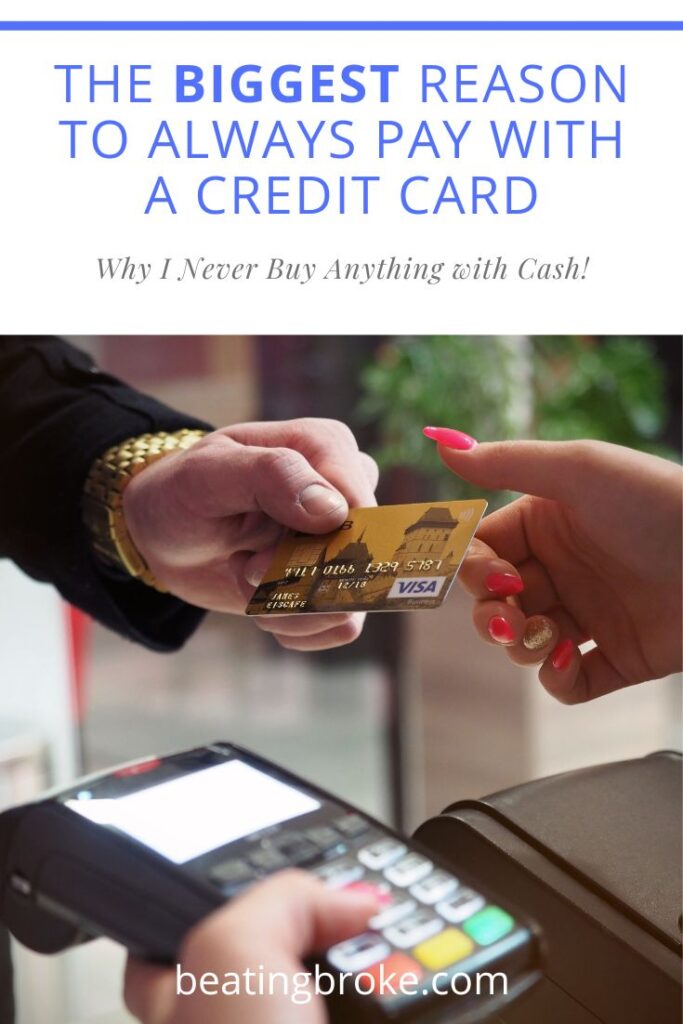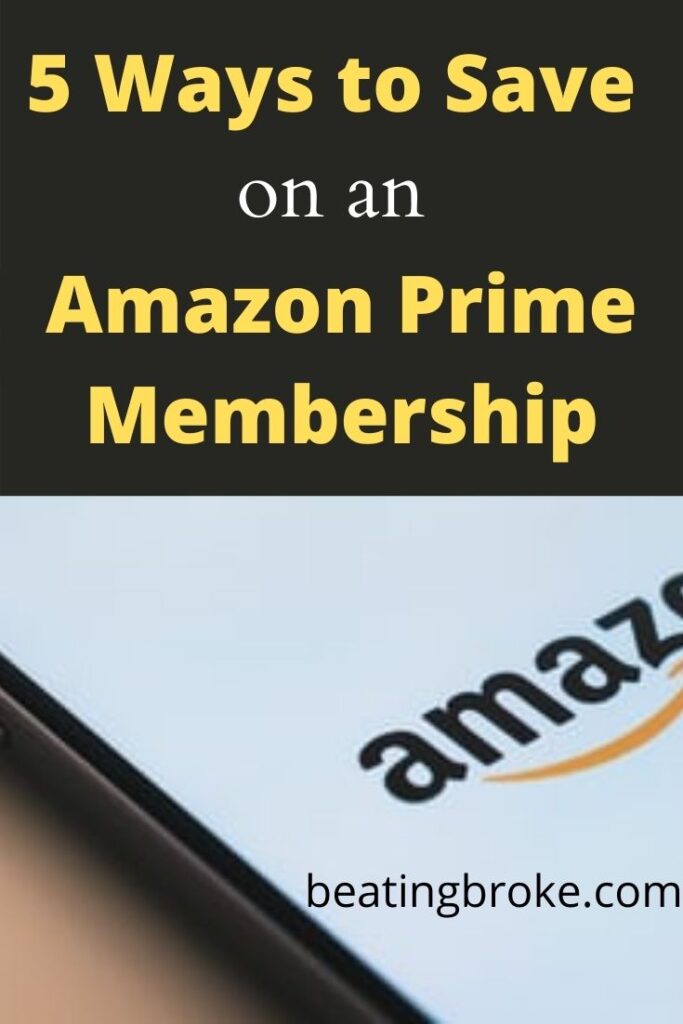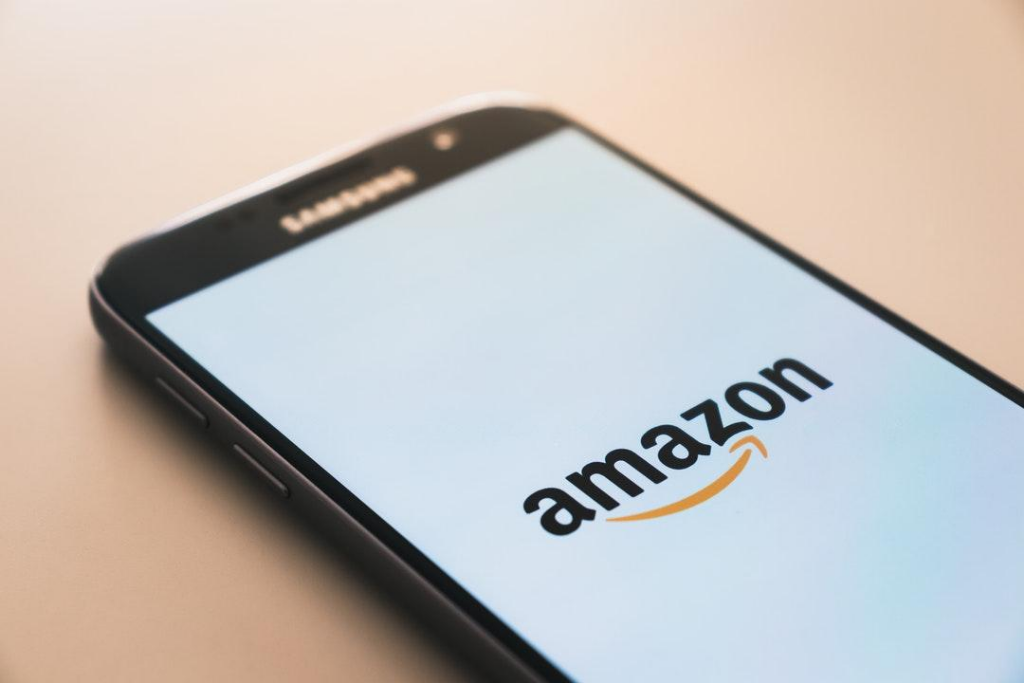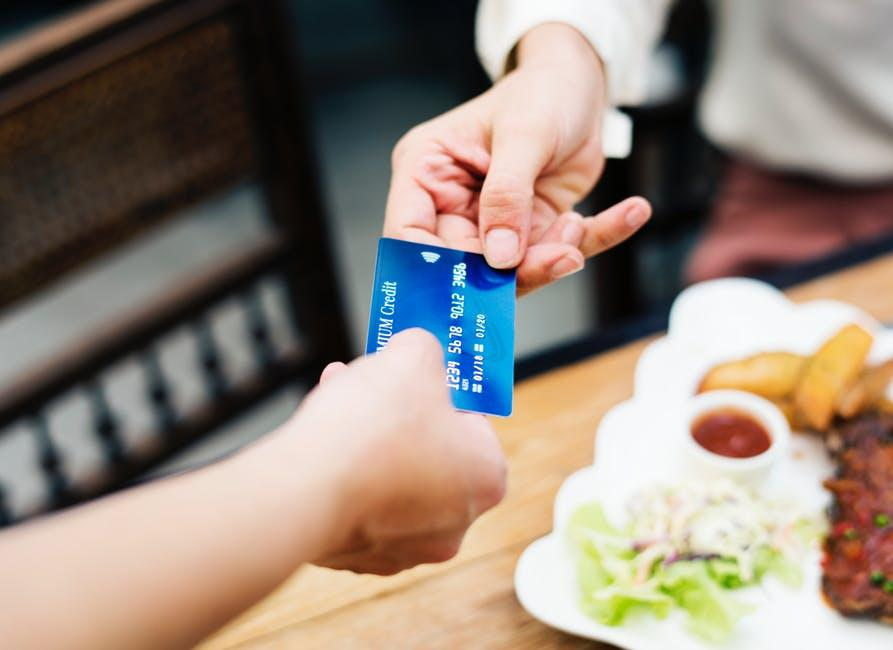Amazon, the e-commerce giant, has transformed the way we shop online, offering convenience, variety, and competitive pricing. However, as consumers increasingly turn to Amazon for their shopping needs, it’s crucial to be aware of the subtle tactics the platform employs to encourage spending. Here is a closer look at 12 sneaky tricks Amazon is using to get more of your money, shedding light on the company’s sophisticated strategies and how you can shop smarter.
1. Prime Membership: The Loyalty Hook
Amazon Prime is a masterclass in customer loyalty programs, offering enticing benefits such as free shipping, exclusive deals, and access to streaming services. However, the annual or monthly fee creates a psychological urge to “get your money’s worth,” driving more frequent purchases and higher spending to justify the membership cost. The convenience and perceived savings can make it easy to overlook the accumulation of purchases over time.
2. “Frequently Bought Together” Recommendations
The “Frequently Bought Together” feature is more than a helpful suggestion—it’s a clever upselling tactic. By showcasing complementary products, Amazon taps into the consumer’s desire for convenience and completeness, encouraging additional purchases that might not have been initially intended. This strategy not only increases the average order value but also introduces shoppers to items they might not have otherwise considered.
3. The Endless Scroll of Deals
Amazon’s interface is designed for discovery, with endless scrolls of deals and recommendations that keep you engaged and browsing for longer. This endless aisle effect, akin to wandering through a vast, digital storefront, increases the likelihood of impulse purchases as you’re continually exposed to enticing deals and new products.
4. One-Click Ordering
The convenience of one-click ordering is undeniable, but it also makes it dangerously easy to make impulsive purchases without a second thought. The absence of a checkout process removes a crucial pause for consideration, leading to quicker and potentially less deliberate spending decisions.
5. Countdown Timers on Deals
Countdown timers on limited-time deals create a sense of urgency, compelling you to make quick purchasing decisions for fear of missing out. This psychological tactic, known as scarcity marketing, leverages the fear of loss to prompt immediate action, often bypassing more careful consideration of the purchase’s necessity or value.
6. Amazon’s Choice and Best Seller Labels
Labels like “Amazon’s Choice” and “Best Seller” serve as powerful endorsements, guiding consumers toward specific products. While these labels suggest quality and popularity, they can also steer shoppers towards items with higher profit margins for Amazon or those from preferred sellers, subtly influencing purchasing decisions.
7. Subscribe & Save Program
The Subscribe & Save program offers convenience and discounts on repeat purchases, but it also locks you into recurring payments. This can lead to overstocking items you don’t need immediately or continuing to buy products out of habit rather than necessity, increasing your overall spending.
8. Dynamic Pricing
Amazon’s dynamic pricing strategy means that the prices of products can fluctuate based on demand, time of day, and your browsing history. This practice can lead to impulse buying if you notice a price drop, fearing that waiting could mean paying more later.
9. Hidden Costs in “Free Shipping”
While free shipping is a major draw, it’s often contingent on reaching a certain purchase threshold. This can entice you to add more items to your cart than initially planned just to qualify for free shipping, subtly increasing your total spend.
10. Amazon Prime Video and Music Upsells
Integrating services like Prime Video and Prime Music into the Prime membership not only adds value but also creates more touchpoints with Amazon’s ecosystem, increasing brand loyalty and the likelihood of making Amazon your default shopping destination.
11. Personalized Advertising
Amazon’s sophisticated use of data analytics allows for highly personalized advertising, both on and off the platform. By presenting tailored ads based on your browsing and purchase history, Amazon keeps products and deals top-of-mind, nudging you towards more purchases.
12. Amazon Credit Card Incentives
The Amazon credit card offers attractive rewards and cashback on purchases, encouraging you to use it as your primary payment method. This can lead to more frequent shopping on the platform, driven by the allure of rewards and discounts, potentially increasing your spending.
Watch Out for the Sneaky Tricks Amazon Is Using to Get More of Your Money
Understanding the sneaky tricks Amazon is using empowers you to shop more mindfully, resist impulsive purchases, and make more informed decisions. Remember, every feature designed for your convenience also serves Amazon’s goal of boosting sales. Shop smarter by recognizing these tricks and keeping your spending in check.
Read More:
Why We Decided to Keep Our Amazon Subscription
Catherine is a tech-savvy writer who has focused on the personal finance space for more than eight years. She has a Bachelor’s in Information Technology and enjoys showcasing how tech can simplify everyday personal finance tasks like budgeting, spending tracking, and planning for the future. Additionally, she’s explored the ins and outs of the world of side hustles and loves to share what she’s learned along the way. When she’s not working, you can find her relaxing at home in the Pacific Northwest with her two cats or enjoying a cup of coffee at her neighborhood cafe.


